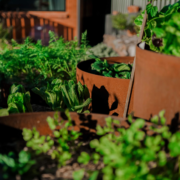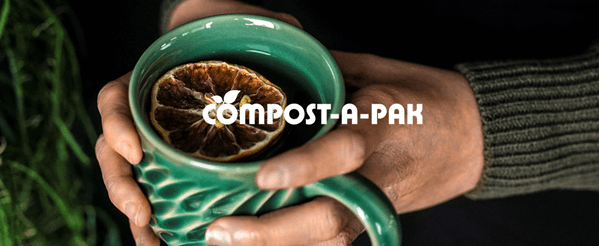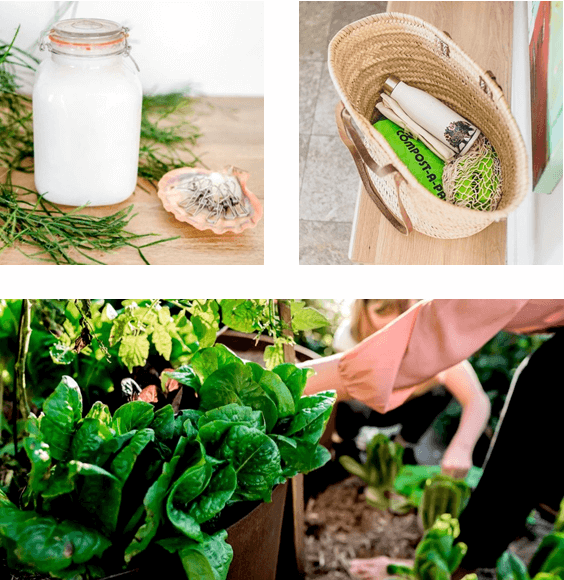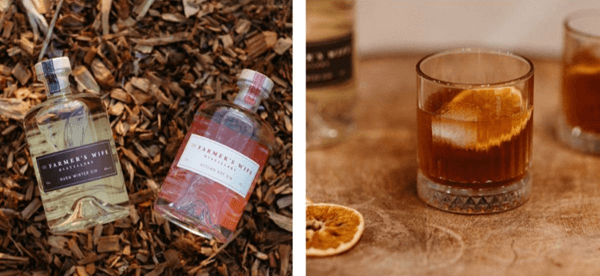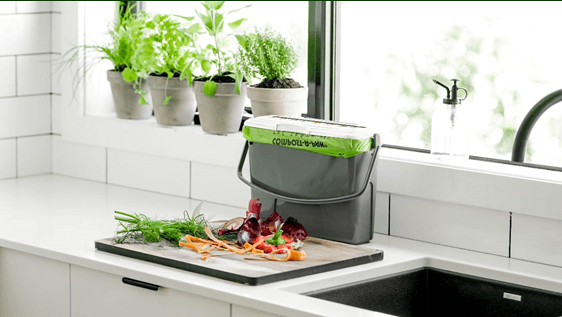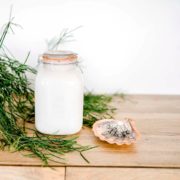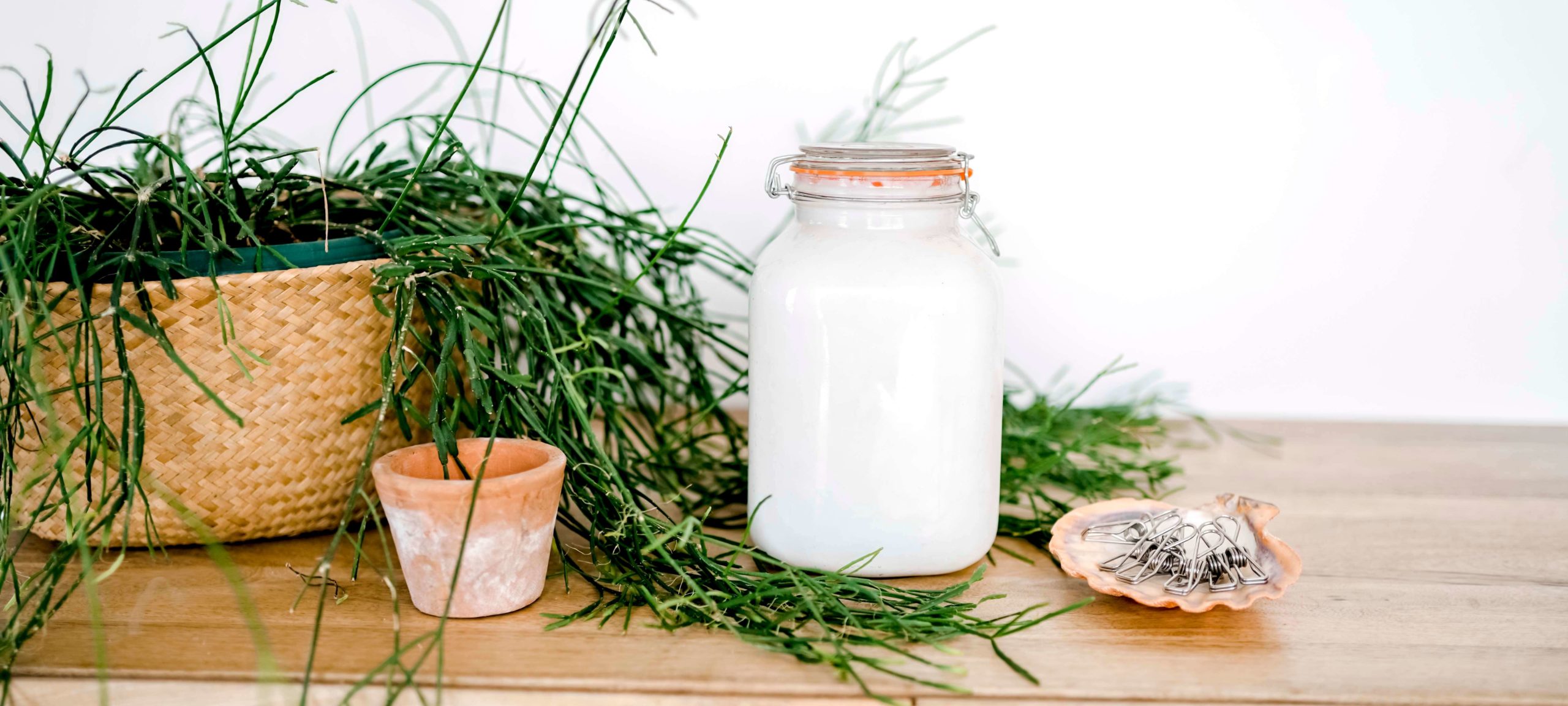Winter Update
It’s the middle of winter and our family has finally succumbed to the flu. After carrying on and fighting it for a few days, we have surrendered to days spent sleeping and relaxing with hot lemon tea. A few days stepping out of ‘life’ is always a good chance to reset.
The next few months are going to be busy with an increased focus on the waste industry.
It’s Plastic Free July at present, which hopefully results in more people again picking up their reusable cups and trying to limit plastic packaging. At times modern convenience seems to be in direct opposition to sustainability. As the new ordering apps grow in popularity, I seem to be the odd one out, lining up to order my coffee from a human as everyone jumps the queue and picks up their single use cup. Small changes make a difference and choosing to start my day without plastic feels like a win.
The War on Waste is also back on our TVs. The last two series were watched by over 3 million people, and studies suggested that 68% of viewers reported behavioural change in response to the program. That’s about 20% of the adult Australian population choosing to make changes to live more sustainable, which is simply remarkable. Imagine the difference this kind of momentum can have! This series there is a focus on ‘fast fashion’ as well as reducing food waste. Hopefully, the emphasis is on personal responsibility for the waste we create. We can never simply throw ‘away’ waste, it has to go somewhere, so the focus needs to be on sustainable purchasing.
There is a lot of talk about consumers being only focused on costs at present with inflation and interest rates impacting, rather than considerations such as sustainability. I really believe living more sustainable can be part of the solution. The actions our family and business make to be more sustainable assist with our expenses.
When shopping we try to choose what’s in season and so abundant, sometimes buying in bulk to preserve. We use glass containers rather than plastic wrap, so we can still see leftovers but don’t have the waste. We choose to make some items such as our Laundry Liquid which is much more cost effective and more sustainable. Our small veggie garden also helps.
Now it’s established, I find we are even relying less on buying seeds as some of our most popular produce, such as tomatoes, rocket and basil self-seed. Although I am constantly replanting tomato plants. I don’t know if it’s possums or birds but there is someone constantly planting tomato seeds in my garden hedge rather than the veggie patch, and it must be the perfect place to kick off seedlings.
Hopefully the upcoming focus will see a further shift towards Australians living more sustainably. I would love to hear any tips you have.
I’m off to make another dehydrated lemon and honey tea, with the aim to be well before the weekend.
This weekend we are off to a friend’s farm to join a Winter Gin Festival at their distillery. It’s so exciting to see friends follow their dreams and achieve success, and The Farmers Wife Distillery is such a triumph. Kylie makes it look easy, however behind the scenes she has spent years painstakingly testing the distilling of native botanicals, many of which can be found on their farm. There have been many sleepless nights as she left her successful career to follow her dream to make gin and to build a distillery. Her determination to innovate and do things always her way is inspiring, and it’s reflected in her gin with unique botanicals such as her sustainably sourced the native bee honey. It’s so great to see her unique product recognised with so many international spirit awards. It just shows what commitment and passion can achieve.
Stay well and enjoy the winter months.
Mel
P.S. I’m excited to add that our new 5 litre Kitchen Caddy is now launched. Like our entire Kitchen Caddy range, it’s made in Australia from Post-Consumer Recycled content, such as discarded yogurt cartons, milk bottles and food packaging.
The clever compact design makes it perfect for smaller spaces such as kitchenettes, retirement and lifestyle villages and Multi-Unit dwellings. Suitable for use with our popular 8 Litre Compost-A-Pak bags, it means even the smallest households can conveniently collect their food waste for composting, as more City Councils offer FOGO programs. If your Council has not yet embraced FOGO reach out to them. Many City Councils are running trial programs presently, and the more community momentum for change there is, the better chance these programs have of thriving.

